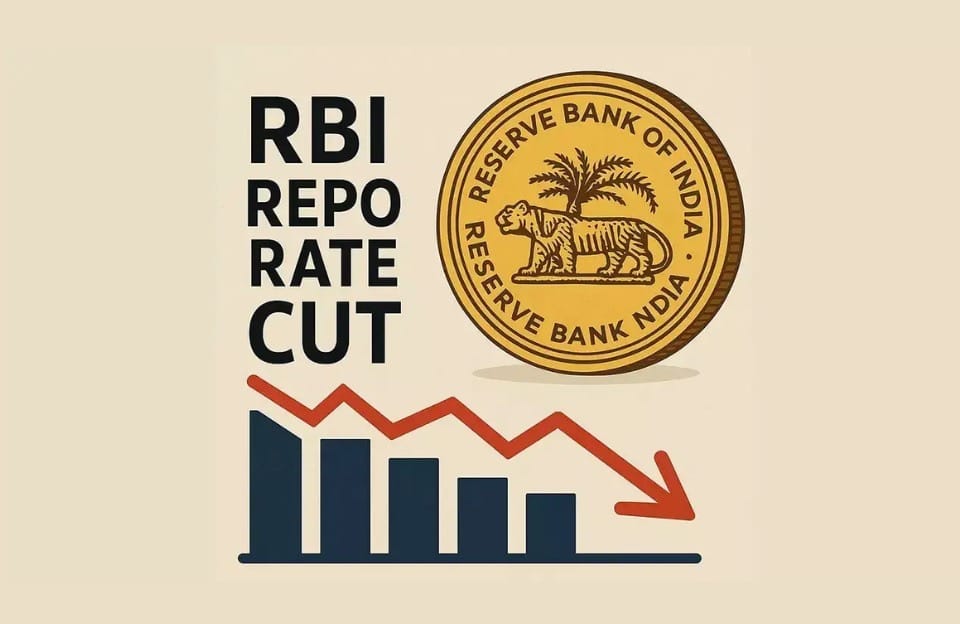Part 6 of 8-Part Series: Exploring India’s Unstoppable Growth and the Challenges It Must Navigate
Can India Navigate the Trade Storms?
In mid-2025, India’s trade dynamics present a landscape rich with potential yet fraught with obstacles. Exports to the United States have experienced notable growth, capitalizing on shifts in global supply chains away from traditional sources. However, impending tariffs from the U.S. and a deepening dependence on Chinese imports could undermine this progress. The central inquiry is whether India can solidify its position as a key manufacturing center while mitigating these external pressures to maintain economic momentum.
This analysis examines the upward trajectory in exports, the implications of tariff threats, and the complexities arising from trade relations with China. By addressing these elements, India has the opportunity to enhance its global competitiveness, but success will depend on strategic diversification and domestic reforms.
The Export Surge: A Golden Opportunity
India’s export performance has shown strength, particularly in shipments to the U.S., where merchandise outflows increased by approximately 17% year-on-year to around 8.83 billion dollars in May 2025. Key sectors driving this include electronics, textiles, and pharmaceuticals, with companies receiving heightened interest from American buyers seeking alternatives amid international trade realignments. Baseline tariffs on Indian goods stand at about 10%, making them more attractive compared to higher rates imposed on competitors.
This uptick is supported by a stable currency, substantial foreign exchange reserves exceeding 670 billion dollars, and a vibrant services sector contributing to overall trade balances. Discussions around a bilateral trade agreement, potentially materializing by late 2025, add to the positive outlook, as it could stimulate private investments and improve market access. Electronics manufacturing, for instance, has seen significant boosts, with production facilities ramping up outputs destined primarily for the U.S. market between March and May 2025.
Beyond the U.S., India’s total merchandise exports for April-May 2025 reached about 77.2 billion dollars, reflecting a 5.75% rise from the previous year, driven by engineering goods, chemicals, and ready-made garments. This export vigor underscores India’s emerging role in global value chains, particularly as disruptions elsewhere create openings for reliable suppliers.
However, sustaining this requires addressing internal bottlenecks like logistics efficiency and regulatory hurdles to fully capitalize on the momentum.
Tariff Threats: A Costly Challenge
The shadow of U.S. protectionist policies looms large, with a baseline 10% tariff applied to imports from numerous countries, including India, since April 2025. Specific sectors face steeper barriers, such as 50% duties on steel and aluminum under national security provisions effective from June 2025, impacting India’s 5 billion dollar export segment in these materials. Exporters have reported delays in shipments due to uncertainty, as these measures erode price competitiveness in items like stainless steel products and automotive components.
India’s trade surplus with the U.S., amounting to roughly 37 billion dollars in the prior fiscal year, largely from software and services, has drawn scrutiny, leading to threats of reciprocal tariffs up to 26% if negotiations falter post a temporary suspension ending August 1, 2025. Efforts to negotiate reductions below 20% are underway, but progress remains tentative amid broader “America First” priorities.
These tariffs not only raise costs for Indian firms but also risk retaliatory cycles, potentially affecting bilateral ties. The engineering export community has voiced concerns over lost market share, emphasizing the need for swift diplomatic resolutions to preserve gains.
The China Factor: Opportunity Meets Dependency
Trade with China adds another layer of complexity, as imports from there climbed 12.4% to 11.13 billion dollars in May 2025, widening the bilateral deficit to nearly 100 billion dollars for the fiscal year. This imbalance arises from India’s reliance on Chinese components for industries like electronics and pharmaceuticals, where affordable inputs enable domestic production but limit innovation and self-reliance.
Paradoxically, U.S. pressures on China create openings for India, as American importers diversify away from higher-tariff origins. Textile and apparel sectors have benefited, with firms expanding capacities amid instability in alternative suppliers like Bangladesh. Yet, this dependency on Chinese goods—comprising 15% of merchandise imports—poses risks of oversupply in domestic markets, undercutting local manufacturers.
Breaking this cycle demands substantial investments in technology, such as automation and semiconductor fabrication, alongside skilling millions of workers. Incentive schemes for production have shown promise, but greater private sector involvement is needed to reduce vulnerabilities and enhance export capabilities. ASEAN competitors, with lower costs and established chains, add urgency to these efforts.
Navigating the Storm
To steer through these challenges, India can adopt a multifaceted approach:
Pursue Trade Agreements: Finalizing pacts with reduced tariffs would stabilize flows and attract investments, fostering long-term partnerships.
Expand Market Reach: With sluggish growth in shipments to Europe and other regions in May 2025, broadening diversification beyond the U.S. is essential to buffer against concentrated risks.
Fortify Domestic Capabilities: Prioritizing investments in manufacturing infrastructure, research, and workforce development will diminish import reliance and bolster global positioning.
A stable rupee and proactive diplomacy can further aid navigation, ensuring that opportunities outweigh threats in the evolving trade environment.
Conclusion
India’s escalating exports, particularly to the U.S., amid a 5.75% cumulative rise in the first two months of the fiscal year, highlight a pivotal moment for establishing itself as a manufacturing leader. The surge in sectors like electronics and textiles, valued at billions, demonstrates resilience and adaptability in global shifts. Nevertheless, U.S. tariffs—ranging from 10% baseline to 50% on specifics—and a swelling trade gap with China nearing 100 billion dollars underscore vulnerabilities that could impede progress if unaddressed.
By advancing trade negotiations, diversifying destinations, and committing to technological and skill upgrades, India can mitigate these storms. This balanced strategy not only safeguards current gains but also paves the way for sustained expansion, transforming potential pitfalls into stepping stones for a more robust economic future. The coming months will be decisive in determining if India emerges stronger from these trade turbulences.


